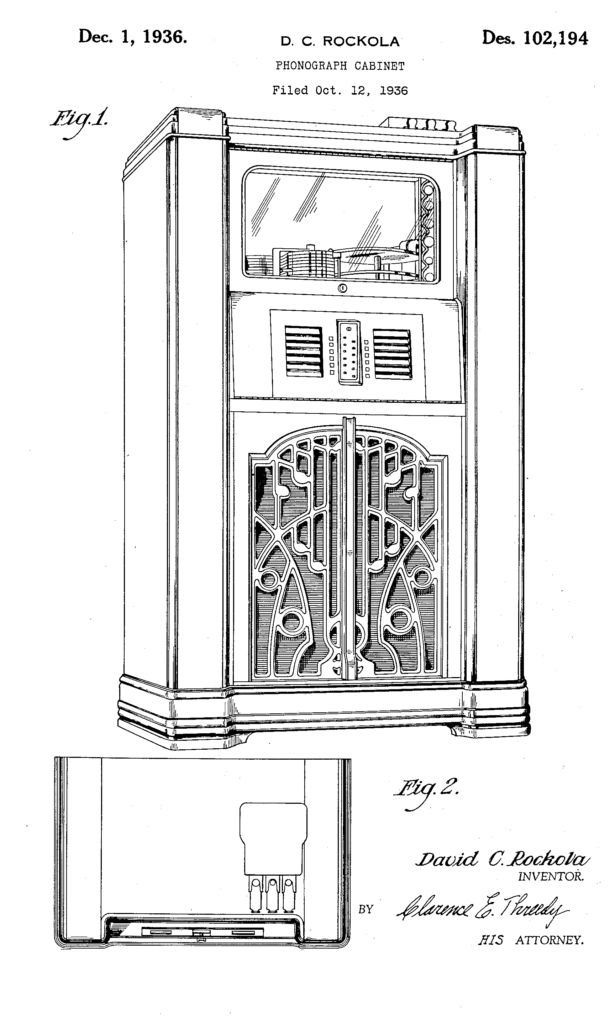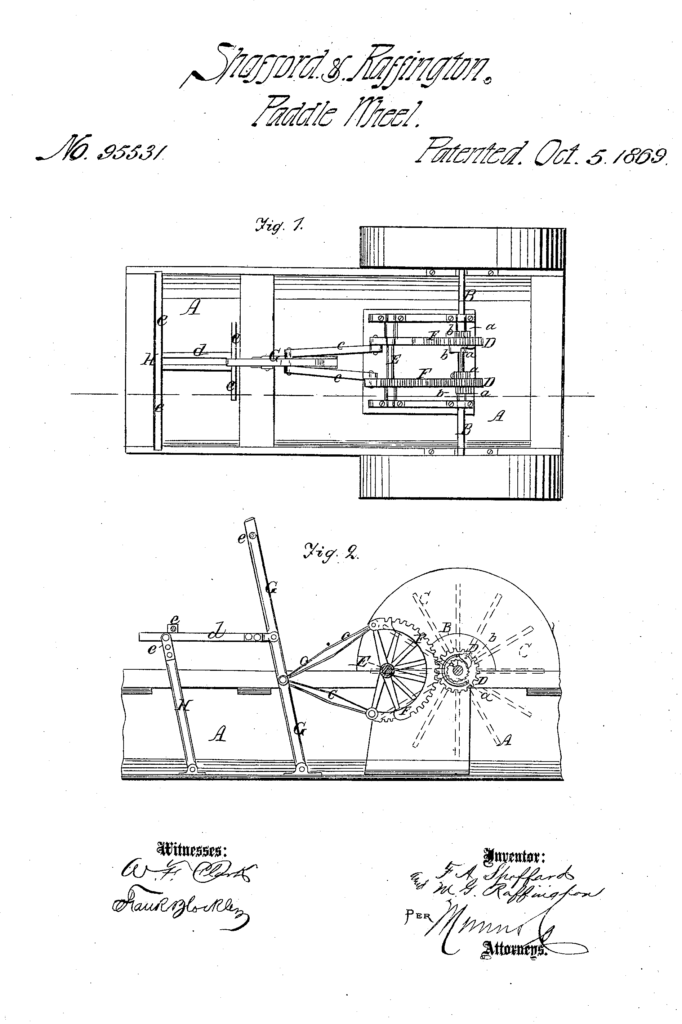In Utto Inc. v. Metrotech Corp., [2023-1435](October 18, 2024), the Federal Circuit we vacated in part the dismissal of Utto’s claim for infringement of U.S. Patent No. 9,086,441, which describes and claims methods for detecting and identifying underground utility lines, and affirmed the dismissal of Utto’s claim for tortious interference with prospective economic advantage.
The court construed the claim language “group of buried asset data points” in both the “receiving” and “generating” limitations of claim 1 to require “two or more” buried asset data points for each buried asset, adopting that construction as reflecting the “ordinary and customary meaning.” The court acknowledged that the specification in two places refers to “one or more buried asset data points” for a given buried asset, but the court said that those references to the singular occur “[o]nly twice” and “neither supports the ordinary reading of the claim language itself.”
On appeal, Utto argued that a district court may never engage in claim construction in deciding a motion to dismiss. The Federal Circuit did not agree that claim construction is categorically forbidden at the Rule 12(b)(6) stage of a case. But the Federal Circuit agreed that, in this case, additional analysis and proceedings are needed to arrive at a proper construction. UTTO pointed to several pieces of extrinsic evidence that it sought to present at further proceedings, including encyclopedia articles on “group theory” and “group,” the testimony of its founder, and the testimony and report of an expert. The Federal Circuit itself saw “several issues relevant to a proper claim construction that would significantly benefit from fuller exploration by the parties and the district court.
The Federal Circuit noted that the claim language does not appear to be the kind of language that has so “plain” a univocal meaning that to give it a contrary construction would require meeting the high standard of redefinition or clear disclaimer. Relatedly, the Federal Circuit noted, to the extent that “group of [plural term]” shares the character of plurals, the proper meaning is presumptive, but only presumptive—the specification not having to rise to the level of redefinition or disclaimer to overcome the presumed “two or more” meaning.
The Federal Circuit vacated the district court’s dismissal of UTTO’s infringement claim and remand for further claim construction proceedings. We do not here decide whether the district court’s claim construction is correct.



































